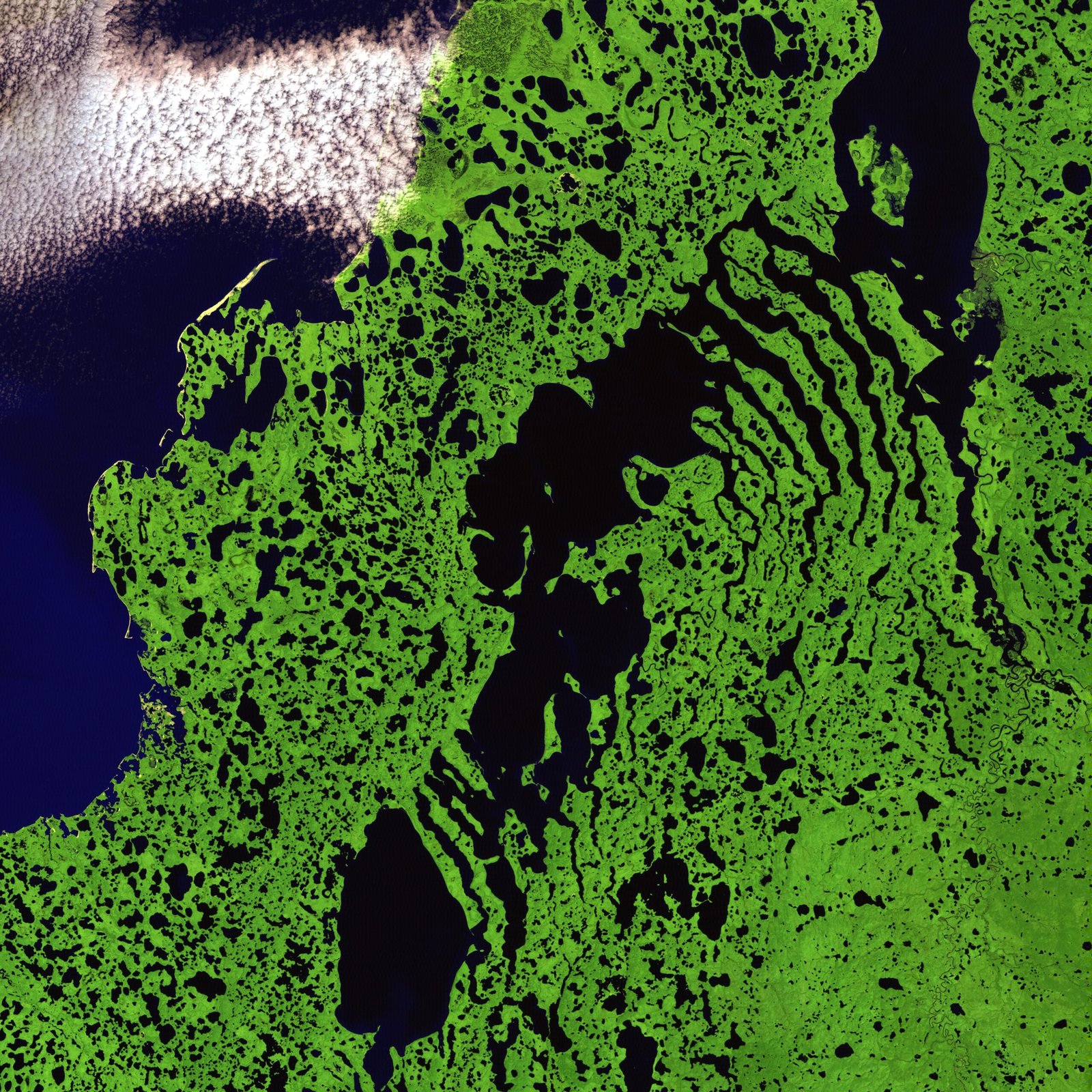Technology has revolutionized various industries, and the wine industry is no exception. Vineyards, the heart of wine production, have embraced technological advancements to enhance productivity, quality, and sustainability. In this article, we will explore the impact of technology on vineyards and how it has transformed the winemaking process.
1. Precision Agriculture
One of the significant advancements in vineyard technology is the implementation of precision agriculture techniques. This involves the use of sensors, drones, and satellite imagery to monitor and manage vineyard conditions.
Sensors placed in the soil can measure moisture levels, temperature, and nutrient content, providing valuable data to vineyard managers. Drones equipped with high-resolution cameras can capture detailed images of the vineyard, allowing for early detection of diseases or pests. Satellite imagery provides a broader view of the vineyard, enabling farmers to analyze crop health and identify areas that require attention.
2. Data Analysis and Predictive Analytics
The collection of data from various sources in the vineyard allows for in-depth analysis and predictive analytics. By analyzing historical weather patterns, soil conditions, and grape yields, vineyard managers can make informed decisions about irrigation, fertilization, and harvesting.
Predictive analytics also helps vineyard managers anticipate potential problems, such as disease outbreaks or adverse weather conditions. This allows them to take proactive measures to mitigate risks and protect their crops.
3. Automated Irrigation Systems
Water management is crucial in vineyards, and technology has played a significant role in optimizing irrigation practices. Automated irrigation systems use sensors to measure soil moisture levels and deliver water precisely when and where it is needed.
These systems not only conserve water but also ensure that the vines receive the optimal amount of hydration. By avoiding over- or under-irrigation, vineyard managers can promote healthy vine growth and improve grape quality.
4. Climate Control
Vineyards are highly sensitive to climatic conditions, and technology has provided solutions to control and mitigate the impact of extreme weather events. Climate-controlled greenhouses or tunnels can protect young grapevines from frost or excessive heat.
Additionally, vineyard managers can install weather stations that provide real-time data on temperature, humidity, and wind speed. This information helps them make informed decisions about vineyard management practices, such as canopy management or vineyard protection during extreme weather events.
5. Harvesting Technology
Traditionally, grape harvesting was a labor-intensive process that required a large workforce. However, technology has introduced automated harvesting machines that can efficiently harvest grapes, reducing the need for manual labor.
These machines use sensors and cameras to detect ripe grapes and separate them from the vines. Automated harvesting not only increases efficiency but also ensures that grapes are harvested at the optimal time, resulting in better wine quality.
In conclusion, technology has had a profound impact on vineyards, transforming the way wine is produced. Precision agriculture, data analysis, automated irrigation systems, climate control, and harvesting technology have improved productivity, quality, and sustainability in vineyards. As technology continues to advance, we can expect further innovations that will shape the future of winemaking.



